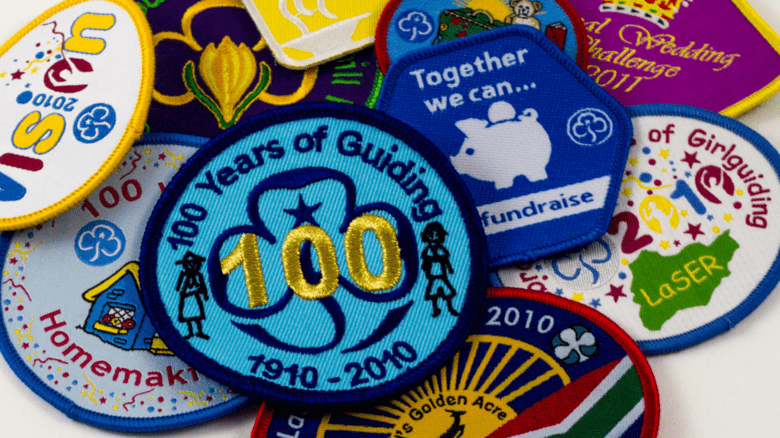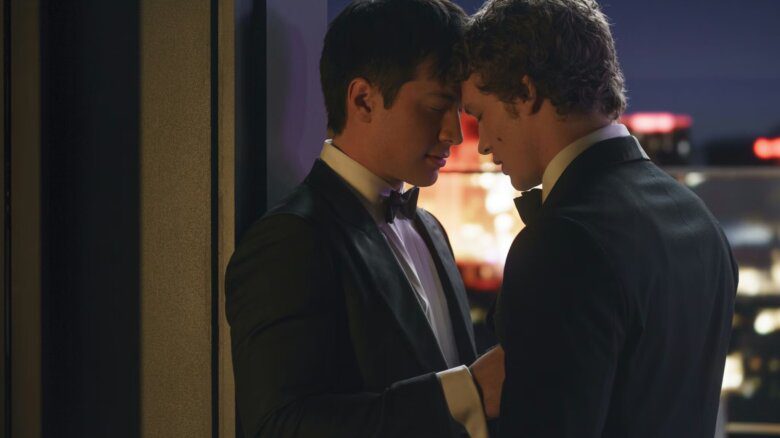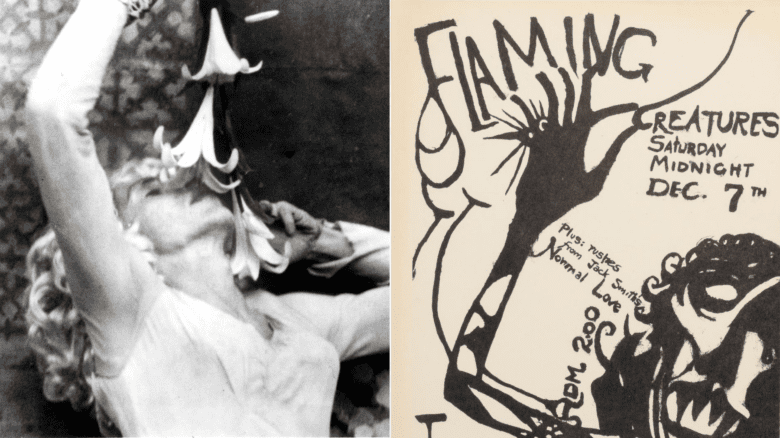Jennifer E. Crawford is back! Through the magic of video, Jennifer is dropping into queer kitchens far and wide this season to meet inspiring cooks and new food friends, where they’ll get dressed up and enjoy a snack together. Who doesn’t want an excuse to do that right now?
“One of the things that I’ve really missed is the pomp and circumstance and fun of just putting together a look in anticipation of hanging out with people,” Crawford says. This iteration of My Queer Ktichen is called “A Look and a Cook,” and the first episode’s special guest is baker and drag queen extraordinaire Sheldon Lynn.
You might know Lynn from the elaborate, delicious, picture-perfect treats he created on the most recent season of The Great Canadian Baking Show, many of which are also chronicled on his baking Instagram.
It’s hard to believe, but Lynn only started baking seriously at the beginning of the pandemic. “My friend sent me a link to apply for The Great Canadian Baking Show and I was like, well, I’m not doing anything,” Lynn says. “I got a callback within a week and then I was doing a live video audition and then, suddenly, I’m on the show. And that’s when I was like, ‘Holy shit, what have I gotten myself into?’”
For this episode, Lynn made a delicate, perfectly crunchy lotus pastry which has to be seen (and heard!). As he explains in the show, it’s an “Instagram-ready” dessert with a long history.
Baking is just one of Lynn’s many creative outlets. He also does drag as Pangolin, whose aesthetic he describes as “dowager queen/evil stepmother,” influenced by the Chinese period dramas he watched growing up. “All of the women had ornate robes and huge hair pieces, and I was fascinated with all of that as a kid,” Lynn says.
“I didn’t really get to explore that, because I was kind of expected to be the man of the house,” he tells Crawford on the show. “But secretly, I just love the pageantry and the hair and the looks and the makeup, and Pangolin is my way of exploring that.”
Lynn says going out in drag for the first time was intimidating. “Getting over that fear was just actually naming it and realizing that it was internalized homophobia, fear of straying outside gender norms, internalized racism, seeing it for what it was and then realizing that I can act in a way to defy this programming,” he says. “I was so self-conscious before I left the house. But then, after, people are living for the way you look, and when a drag queen walks into the room the vibe changes.”
Lynn’s gravity-defying look on this episode of My Queer Kitchen was inspired by fascinators worn by the British royal family. The floral headpiece is held together by “hot glue and my prayers,” Lynn says.
“Something about drag is so punk — it’s transgressive and subversive,” he says. “Realizing that I could gain power by confronting what I didn’t want to do—when you can’t name what an anxiety is, but you realize that there’s a block there and something’s preventing you from doing something, just do the opposite.
“This thing that is unknown and you see as ‘so scary’ isn’t actually that scary when you’re looking it in the face.”
To hear more from Lynn and to see the elaborate look and ASMR-inducing dish he created, check out this week’s episode. And stay tuned for more from Jennifer E. Crawford soon.
 Why you can trust Xtra
Why you can trust Xtra


